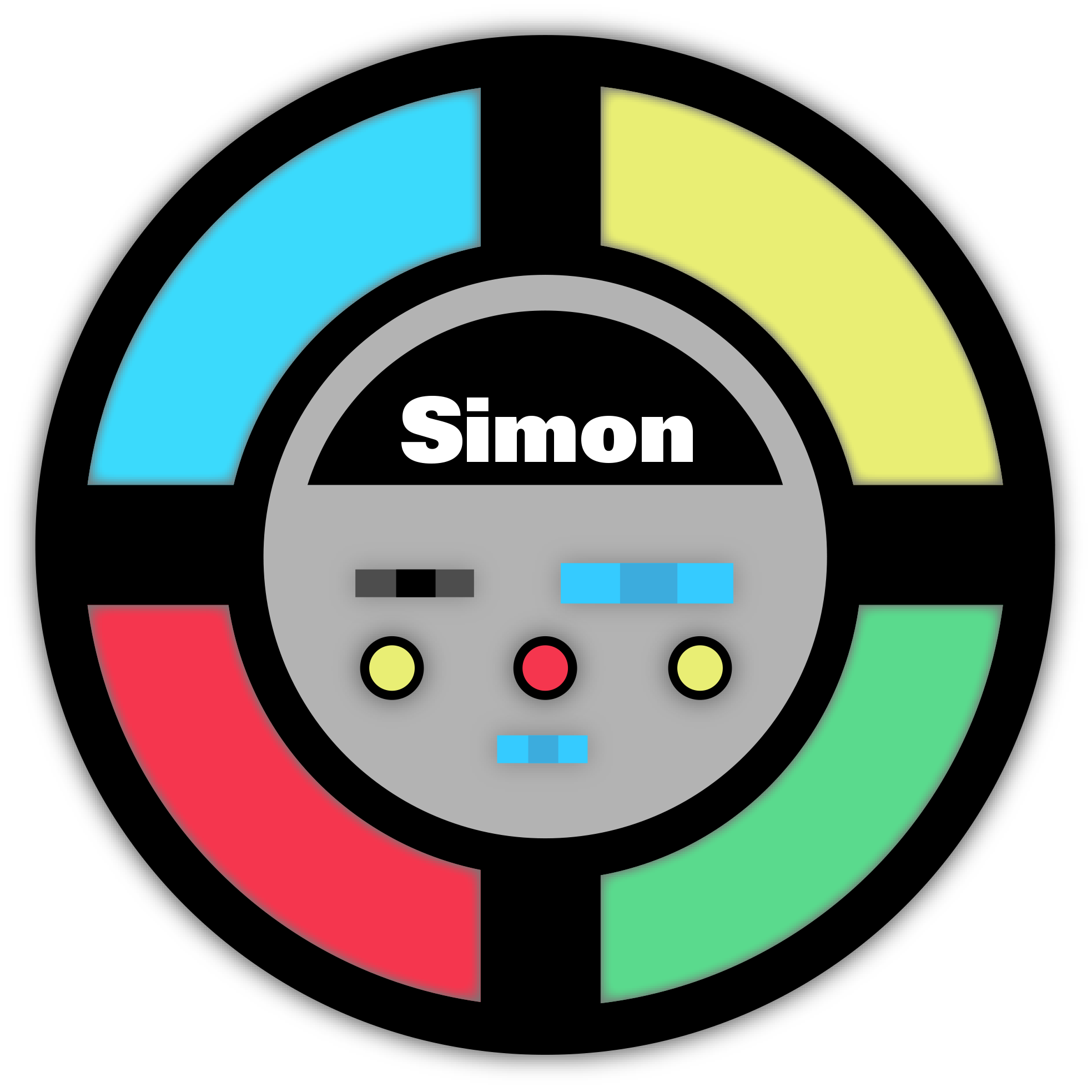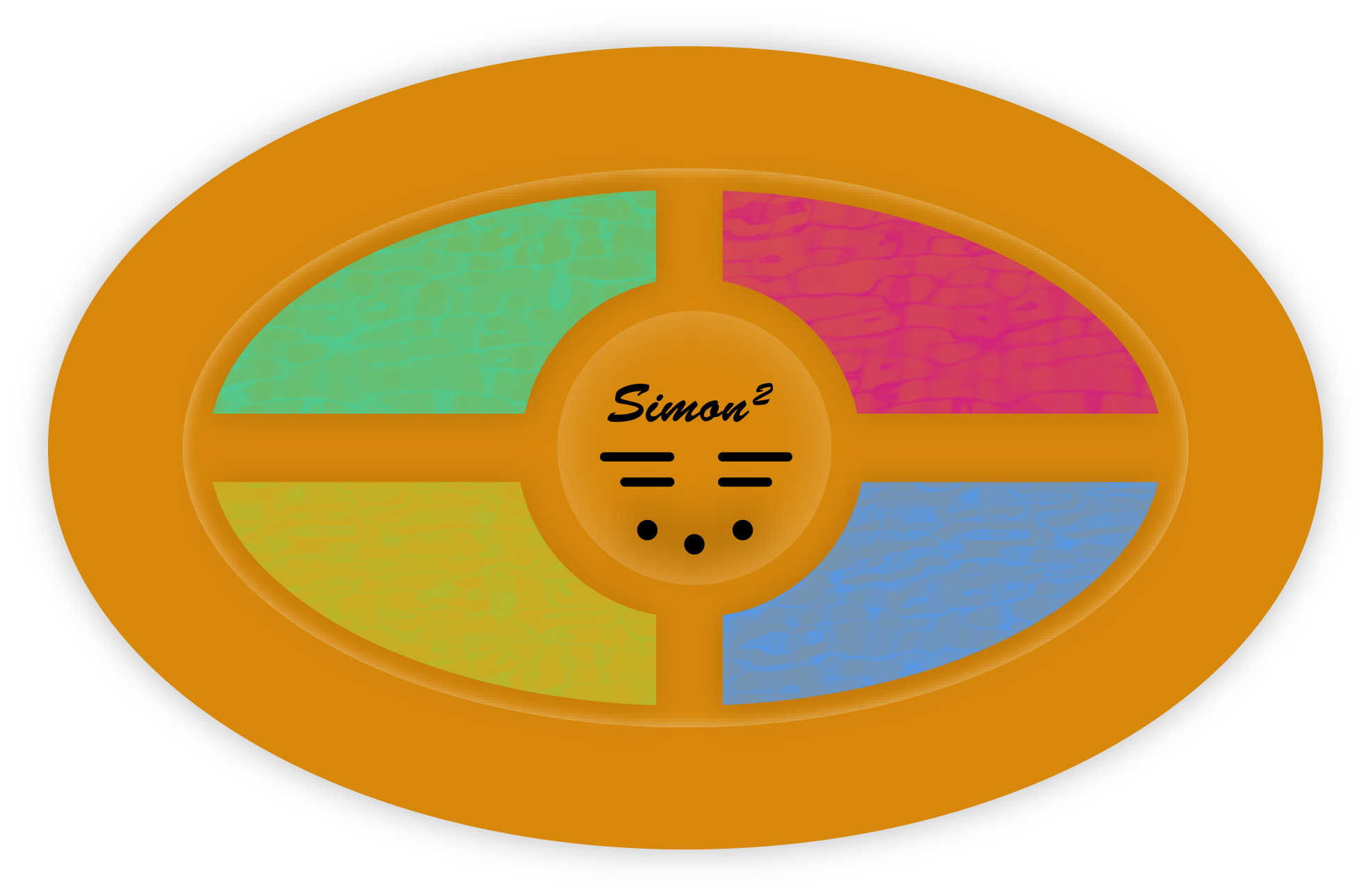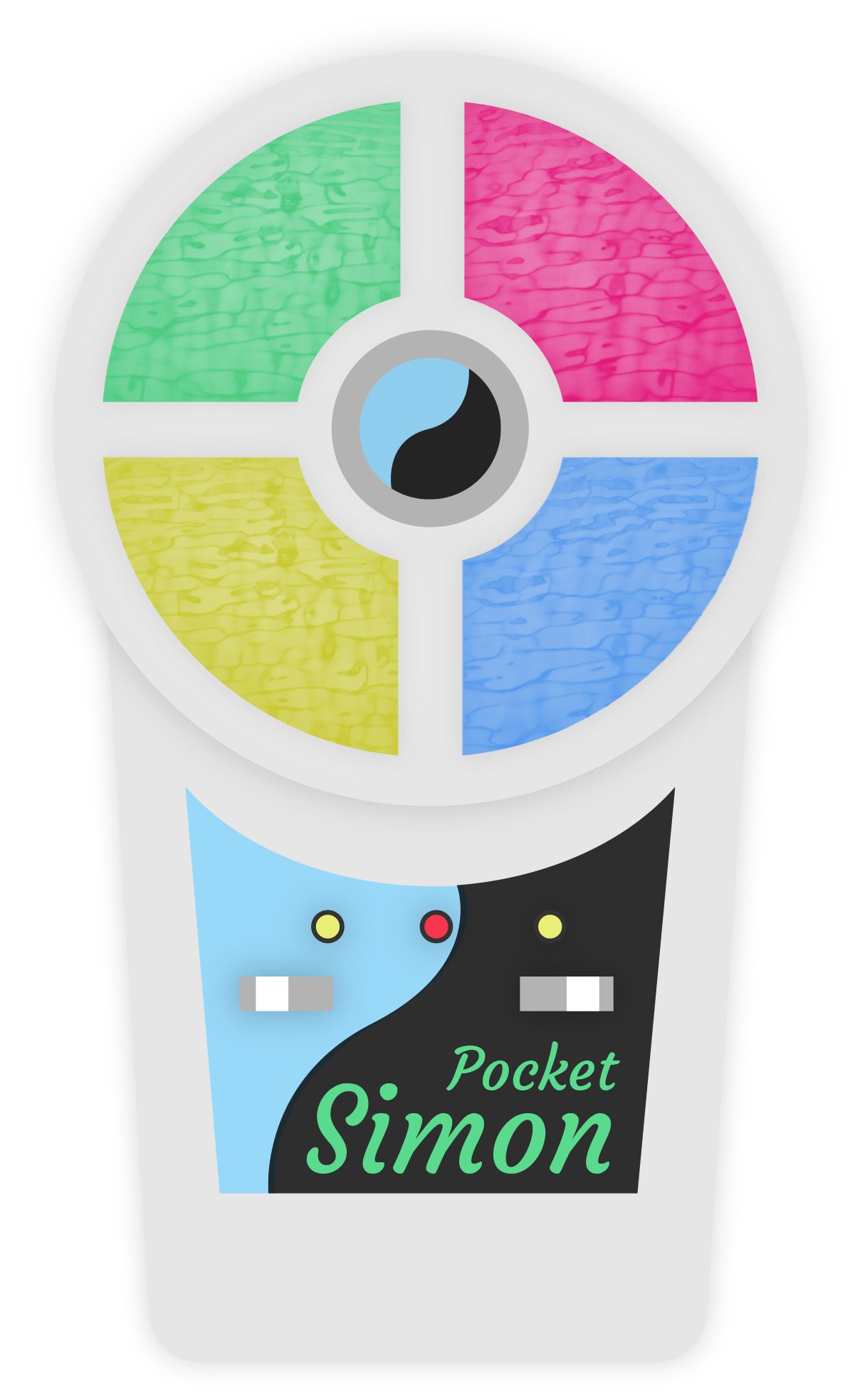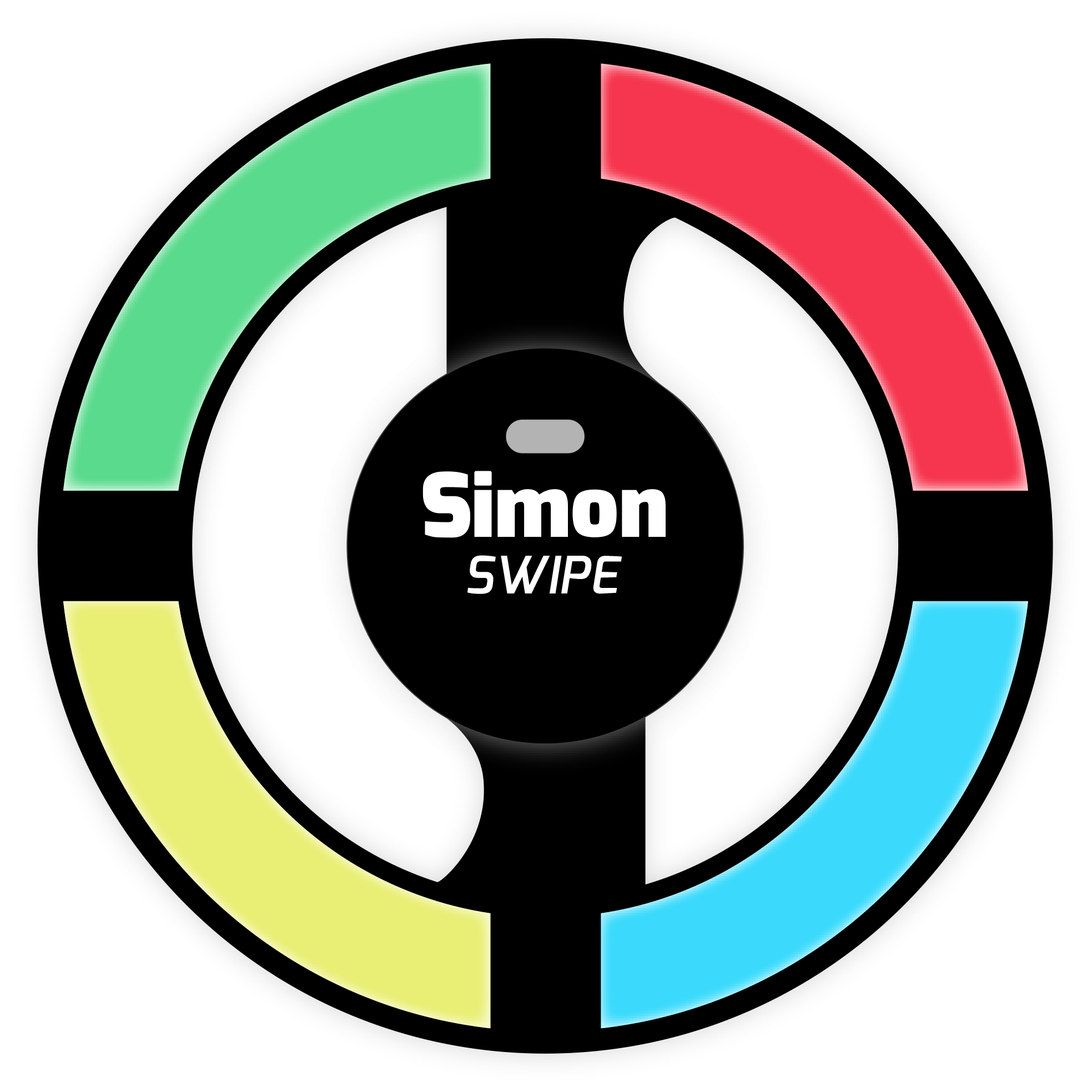the hand-held memory game
Inventor Ralph Baer is best known for developing the first video game system, but he has accomplished far more. In 1975, Baer started an independent consulting business and began to work in association with Marvin Glass & Associates in Chicago, the toy design firm responsible for some of the most successful American toys of the 20th century. Baer's job was to develop electronic toys and games. The best-known result of this partnership was Simon.
Named for the children's game of "Simon Says," the game was inspired by an Atari arcade game called Follow-Me. Baer and Howard Morrison, a partner at Marvin Glass, first saw Follow-Me at a trade show in 1976. Both agreed that while the execution of the arcade game was horrible, the game itself-trying to repeat a musical sequence the machine created-was worthy of exploration. The two set about creating a hand-held game around the same concept.
Like Follow-Me, Simon had four different colored buttons. Each button played a unique note. Players had to be able to repeat an increasingly long string of tones that Simon created. If you got the order wrong, you lost. Baer was aware that choosing Simon's four tones was a critical decision. He and Morrison both felt that one of Follow-Me's main failings was that its sounds were unpleasant.
But how to choose four notes that could be played in any sequence and not hurt the ears? Baer found the answer while looking through his children's Compton Encyclopedia. He discovered that the bugle can only plays four notes. So, Simon would play those same four bugle notes.
Simon was released by Milton-Bradley in 1978 with much fanfare, including a midnight release party at Studio 54, the elite disco in New York City. An instance success, the game reached its peak during the 1980s and continued to sell for decades thereafter.

This was a two sided version of the original Simon game. One side featured classic Simon-style game play in three modes: Classic Simon, Challenge Simon, and Group Simon.
The reverse side of game featured two separate and complete game play areas for head-to-head play and four games: Double Simon, Extreme Simon, Ultimate Simon, and Counter Attack Simon. There was also a keychain version for portability.

The first Pocket Simon was released in 1995 from Milton Bradley in its traditional solid black cover and four colored buttons. Three years later, Hasbro buys Milton Bradley and re-released a new Pocket Simon with a clear casing and ribbed, translucent buttons.

The Simon Trickster was released in 2005 and provided a new challenge of shifting the colored buttons around on the game (also called Simon Bounce). This also could play the original Simon games.
Other variations to Simon included Simon Suprize, where there were no colored buttons, and Simon Rewind, where the player must play back the sequence in reverse order.

It was a modern twist on the popular Simon game released by Dan Klistner, the inventor of Bop It, with four different games: Levels, Classic Simon, Multiplayer and Extreme Simon. The Simon Swipe game has the iconic colors, lights, and sounds of the classic Simon game but now with touch screen technology to add an extra challenge to the game. This was released in 2014.

Click the buttons
to hear the notes.






This is the
on/off switch.

Sliding this button will
allow the choice of four
different skill levels. Skill
level 1 is a sequence
game of 8, skill level 2 of
14, skill level 3 of 20, and
skill level 4 of 31.

This is the Game
Switch Selector of
three different games.

When the game is on and at the
end of a sequence, this will play
back the longest sequence when
pressed. When the game is turned
off, the sequence is erased.

When this button is
pressed, it will play back
the last sequence played.

This will start
the game.

These buttons were designed
based on the four notes of a
trumpet: E-note (blue button),
C#-note (yellow button), A-note
(red button), E-note (green
button) with an octave lower
than blue.